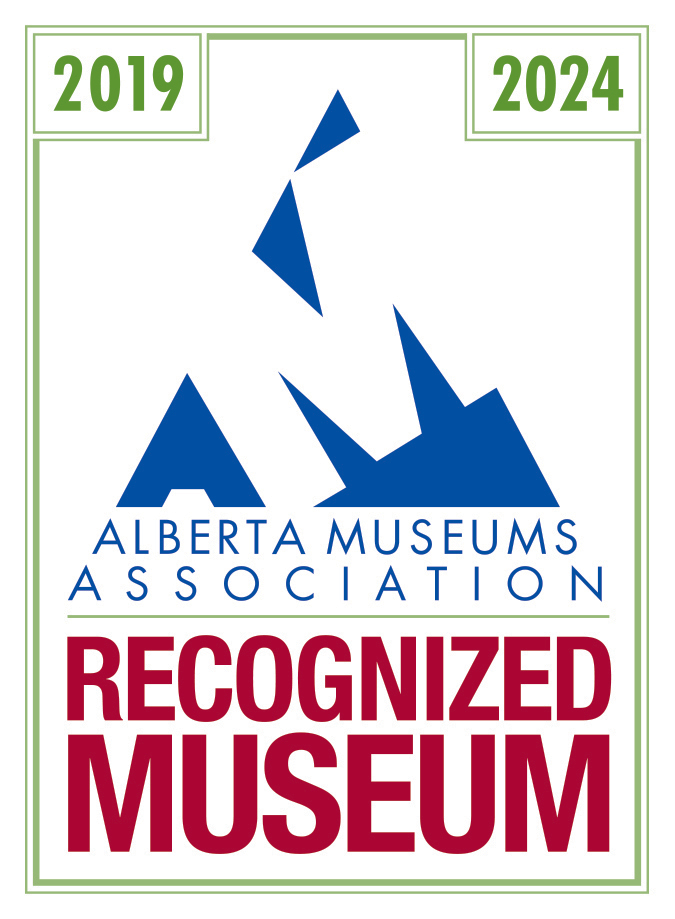NORTH ATLANTIC TREATY ORGANIZATION FLYING TRAINING SCHOOL #3
The years after World War II did not bring the peace the world hoped for. On July 1, 1951 the former No. 15 SFTS re-opened as No. 3 FTS with the express purpose of training pilots as part of the larger North Atlantic Treaty Organization initiative. The advance party arrived on June 18, 1951 under Squadron Leader A. Morrison. Temporary command was assumed by Squadron Leader T. W. O’Brien on July 3, 1951. In mid-August Group Captain Sampson was appointed commanding officer.
On September 10, 1951, Group Captain D. G. Price took over as Commanding Officer. Members of the Claresholm Town Council, civic leaders and other prominent citizens attended a reception at the Officer’s mess to welcome the new commanding officer.
The first group of flight cadets arrived during the latter part of August. Twenty-five Canadian cadets were already at Claresholm when the 25 English cadets arrived from London, Ontario where they had completed the initial portion of their training. Their new home was Barrack Block No. 14, joining the Canadian cadets already in residence. The Station was still being restored to operational levels, so this first Course had to cope with limited facilities and a flying field in disrepair.
Flying training started during the second week of September. Since the apron and runways needed work, the cadets initially used the airfield at Fort Macleod for take-offs and landings. Soon the conditions at No. 3 FTS improved and the cadets worked hard to master flying the Harvard aircraft.
On October 12, a public reception honoring the personnel of No. 3 FTS was held in the auditorium of the Claresholm High School. The local residents and guests from the RCAF who filled the auditorium enjoyed a variety show followed by refreshments. Group Captain Price expressed thanks to Claresholm for the warm welcome.
The second intake of Canadian and Royal Air Force cadets, 30 Course, 2 Squadron, arrived in early November 1951. The cadets quickly settled into the training routine. For the first two weeks at Claresholm the cadets attended daily ground school. They then spent 28 weeks training, with half of each day devoted to ground school and the other half to flying. In the last segment of their course they spent the full day flying.
The first class to graduate from No. 3 FTS received their wings May 8, 1952. This was the first graduating class of a NATO course from any RCAF Flying Training School. To mark the significance of this graduation, RCAF Headquarters in Ottawa assigned Air Commodore W. W. Brown, C. D. to present the pilot’s wings. Pilot Officer Rhind of Scotland received the Honor Scroll for obtaining the highest marks in the school. Pilot Officer Glover of Red Deer, Alberta received the Siddley trophy for highest marks in flying. Every six weeks a new cohort arrived and the previous cohort graduated.
The No. 3 FTS was a substantial operation. Personnel at the station numbered 1100, including civilian members. There were 140 houses at the base and those who did not qualify for housing lived in Claresholm. There was also an eight-room school at the base for the children. It was named the Howsam School to honour Air Vice Marshall Howsam. The Howsam School had a staff of ten teachers responsible for providing instruction to approximately 250 students from kindergarten through grade eight. The older students were bussed to the Claresholm High School. The primary expense, however, were the 95 Harvard aircraft that cost $7,000,000.
The first class containing continental European students graduated October 22,1952. The graduates represented the French Air Force, the Netherlands Air Force, the Royal Air Force and the Royal Canadian Air Force. Air Commodore J. G. Kerr presented the graduates with their wings. Of note, Air Commodore Kerr was the first Commanding Officer at No.15 SFTS Claresholm in 1941. The students of Course 38 who received their wings on December 3, 1952 had the honor of being the last class to graduate from RCAF Station Claresholm. Further courses would complete their training here and leave for advanced training in other parts of Canada.
By the summer of 1957 the final intakes of students under the original NATO program arrived and The No. 3 FTS officially closed August 25, 1958.
Today the seven hangars, fire hall, seven-bay garage, most of the streets, and some of the steelox housing units remain at the site. Several businesses and industries operate at the site, with some of the hangers serving industrial purposes. Part of the taxi strip and the runways are used by the Town of Claresholm as the Municipality’s local airport. There is a monument, commemorating the history of the site, on the south side of the entrance road near the site of the water treatment plant. The airport is 5 kilometers (3 miles) west of Claresholm on Highway # 520.


